7 ways to create abundant food production on your block
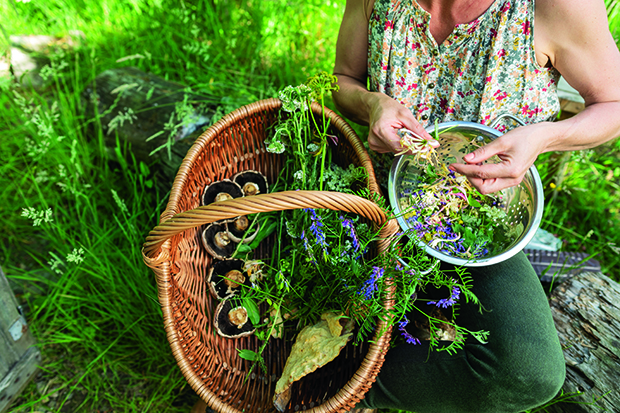
Rebecca Stewart explores the best ways to maximise food production on the block.
Words: Rebecca Stewart
With so much attention on the cost of living these days, it’s no wonder more people are becoming interested in producing their own food and living off the land. The world has changed immensely over the past few years, and many are feeling the need to adapt and establish local and community food sources in order to prepare for any further disruptions. Doing this successfully, however, requires more than just planting some vegetables in the ground. To grow enough to make a noticeable dent in the food budget, each element of home food production has to be carefully managed to create a closed-loop system. It’s about making optimal use of your land, plantings and animals to reduce your reliance on external inputs and create a cycle which feeds into itself.
While it seems like a large-scale operation, you don’t need acres of land to do this.
A study by the Koanga Institute found a family of four could feed themselves on 200 square metres. It does, however, require skills and planning to get the land to a place where it’s thriving. It was only a few generations ago when growing food to survive was part of everyday life. If our ancestors could do it, we can do it too.
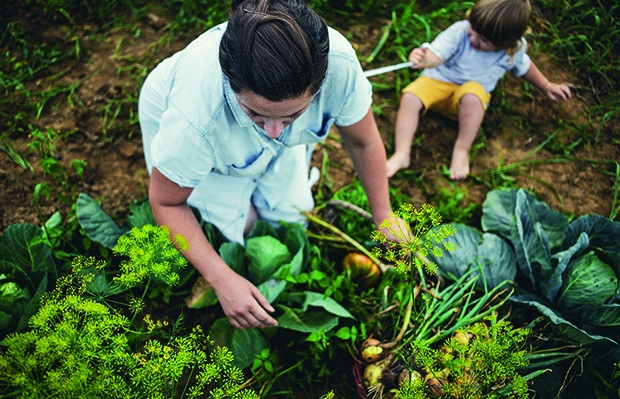
1. RETHINK YOUR WATER
A human being might be able to go three weeks without food, but can’t survive three days without water. It’s crucial to think about where your water comes from and what it depends upon. Is it from town supply, roof catchment, a spring or a bore? To mitigate any disruptions to water access, such as from an earthquake or severe storm, all households should have some form of additional water storage, even if it’s just a couple of drums collecting rainwater from the roof. If you’re on town supply, a 5,000-litre rainwater tank is a wise investment that will ensure there’s water for drinking, and watering your animals and your plants in an emergency. If you’re on tank or bore water it’s just as important to have a water supply that isn’t solely dependent on electricity in the event the power goes out. This means having a gravity-fed spring, a diversion from a creek or a river, or a manual or solar-powered pump for bores or tanks. Manual hand pumps are widely available to buy from hardware stores or online shops, and will quickly prove themselves worthwhile in an extended power outage.
2. CREATE A SELF-GROWING GARDEN
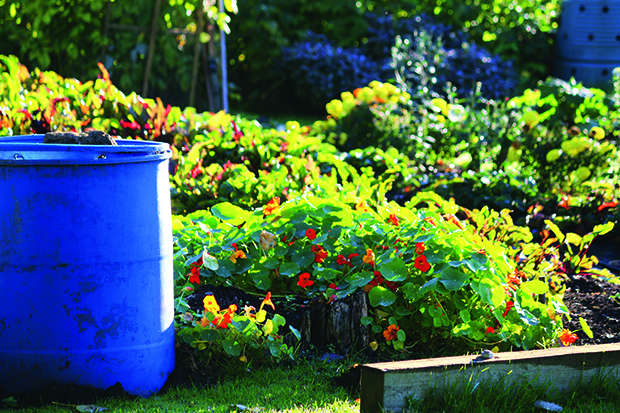
While having a store of bought-in dried and canned foods is beneficial to get through a disruption, producing food from your own land is a critical part of a sustainable home food system. The most obvious and accessible home food source is the vegetable garden. But it needs a rethink to ensure the space, time and energy you invest results in ample produce. There are endless theories to do this in gardening lore, but in my garden – which feeds us year-round – I focus on three factors that allow the produce and soil to thrive consistently with minimal input or disruption:
Perennial vegetables
These will produce the most food for the least amount of investment. Perennial vegetables such as artichokes, Jerusalem artichokes, asparagus, NZ spinach, yacon, choko, and runner beans are long-term producers and create more food for less work. This means I don’t need to transplant or till, which creates a safe haven for the bustling community of microorganisms within the soil and helps produce the most nutrient-dense vegetables. If used around annual garden areas, some of these vegetables, like Jerusalem artichokes, send up stalks which can provide shelter and support climbers such as peas or beans.
Self-seeders
Plants that self-seed tick a lot of boxes on our land. They seed en masse when the time is right, ensuring there’s an almost continuous cycle of growth throughout the year. This also takes away the need for me to harvest, dry and store the seeds. They have acclimatised to our area and conditions so are less likely to suffer from pest issues, and we don’t need to do any planting or garden prepping. Rocket is a great self-seeder that pops up all over the garden. We also have calendula, parsnips, cutting celery, perpetual spinach, violas, nasturtium, parsley, chives, garlic chives and other herbs. Of course, there are the brassicas: Asian greens, turnip, mizuna, mustard, and bok choy. However, it’s wise to thin many of these plants to prevent them from becoming spindly and crowding-out other useful plants.
Weeds
Some of the most nutritious and low-maintenance plants in your garden are often classed as weeds: dandelion, puha, fat hen, plantain, purslane, stinging nettle and chickweed. These should all be encouraged and maintained, not removed. When I walk through my garden, I see so many greens I didn’t plant. Dandelions grow in the middle of the bed, and plantain is now everywhere. I harvest it mostly for the rabbit’s dinner, but I know it’s there for eating and medicine if I need it. Puha is a thriving spring leafy green, while cress plants and chickweed make great salad crops and ground cover under bigger plants. The reality is that if you just let your backyard naturalise you could probably harvest greens all year round.
3. NOURISH SOIL NATURALLY
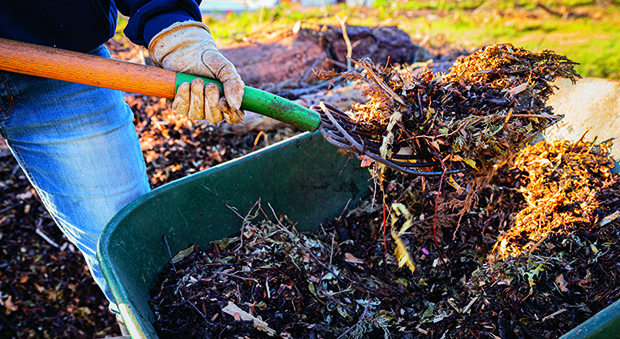
While the concept of neat, well-tilled and weed-free soil might be what comes to mind for many people, the reality is that doing this takes lots of time, which many of us don’t have. Besides, this way does not result in healthy soil. Nature abhors bare earth and will continually try to cover it. We should take note of this natural behaviour and use living ground cover and mulches to nurture the soil and plants that grow out of it.
An effective way to create a closed-loop system is to use natural material sourced from your own property or surrounding environment. Compost, wood chips and dead leaf mould all make fantastic mulch.
Alternatively, plant green manure crops like peas, lupin, mustard, oats or buckwheat, which can attract beneficial pollinators once they flower and can be later harvested for mulch. Spent plants and pruning foliage can be chopped and dropped in place to cover the ground, where their nutrients will return back into the soil.
The healthier your soil and plants are, the less they’ll be affected by insects or diseases. We practise natural farming and gardening, with most of our soil inputs being created on the property. The main ones we use are vermicast from worm farms, compost, and fermented brews of plant matter and manure. But you could also use humanure from composting toilets, wood ash, biochar, animal remains, egg shells, and, if you’re near the sea, fish remains and seaweed.
We work on building the health and the life of our soil which in turn builds the health of the plants. By nurturing the soil life rather than harming it with herbicides, fungicides, pesticides and fertiliser overuse, we create an underground ecosystem which supports and feeds the life above it.
4. ESTABLISH A SOURCE OF FAT AND PROTEIN
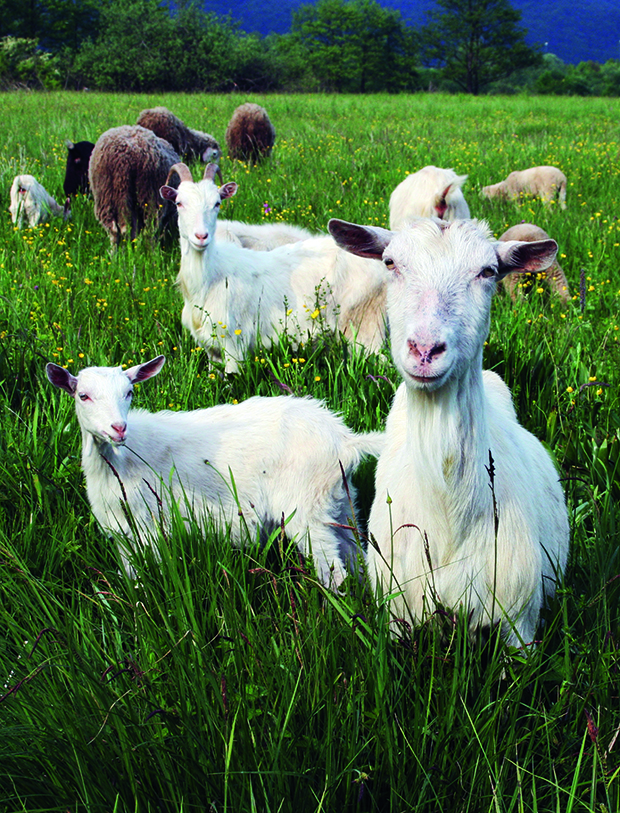
Fats and protein are an essential part of the human diet and therefore any food production system. Vegans will need to try to derive what they need from the garden, but may have to rely on external sources for their fats and protein that can’t be grown on an average lifestyle block.
For meat-eaters, the options are much more varied and accessible. With little more than a quarter acre, a household should be able to keep small animals such as chickens, quail, ducks, rabbits, guinea
pigs, and get most, if not all of their eggs and meat.
Dairy production, on the other hand, will require more room. This is where forming relationships with neighbours can really help. By growing to your strengths, you can trade produce with neighbours for their milk, meat or other products that you are unable to grow.
If you want to produce your own dairy but have a smaller block, goats (if well contained) and sheep may be a better choice than a cow. We have a lowline angus/Jersey cow who is our little milker. She is probably half the size of your average cow yet is capable of producing about 10 litres of milk per day. Making simple cheeses, butter and yoghurts will extend the shelf life of your milk even without power-based refrigeration.
By choosing smaller breeds or animals, you won’t need as much room to store meat either. Traditionally, most larger carcasses are hung for several days to weeks, which is not a major issue over winter in cooler areas. But over the warmer months, a cool store is of great benefit.
5. GET CREATIVE WITH FEED
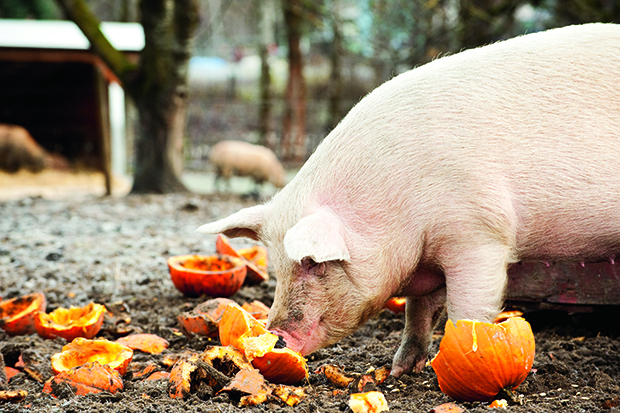
With feed prices steadily increasing and adding to our growing food costs, it also pays to consider the feed aspect of your livestock and put in place fodder and forage systems to rely on your own resources. On our property, we keep and eat kunekune pigs. They are great examples of a more sustainable livestock that doesn’t need to be supplemented unless grass growth slows too much. However, this can be mitigated with the use of pumpkins, fruit, nuts and root crops stored for winter feed. For ruminants such as sheep, goats and cows, high-protein trees such as tree lucerne and mulberry are excellent feed, as are poplars, willows, mahoe, griselinia, karo, lemonwood and flax. By putting in place fodder or forage systems for your livestock, you can reduce their feed costs but also increase their food security and nutritional diversity.
Huhu grubs have a long history as food in New Zealand but there are many other insects such as grasshoppers, crickets, cicadas and cockroaches that can provide a decent source of protein for your animals.
Mealworms, soldier fly larvae and fly maggots are often bred for high-protein poultry feed. These do not take up much room and provide valuable nutrition to improve the quality of your eggs and poultry meat.
Learning which insects are edible are essential skills to develop for food security.
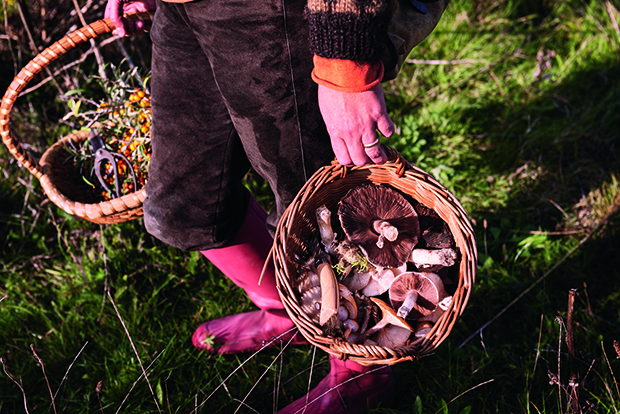
6. FORAGING
We don’t need to rely solely on our own growing capacity – an abundance of wild-grown food can easily be found beyond the boundaries of our properties. Being aware of where these sources are can, depending on the location, greatly enhance your food security. Whether it be mushrooms, watercress, blackberries or naturalised fruit and nut trees: these are all valuable food sources that should be factored into your system.
Meat can also be sourced beyond your boundaries. Wild-caught rabbit, turkey, eel, trout or other fish species, shellfish, deer, goat, pig and of course possum are all valuable sources of nutrition for you, your stock or your produce. However, it’s important to be mindful of any recent poisoning, spraying or pest-control that may have taken place in your area and to source seafood and freshwater fish from “clean” areas.
7. INVEST IN NEW SKILLS
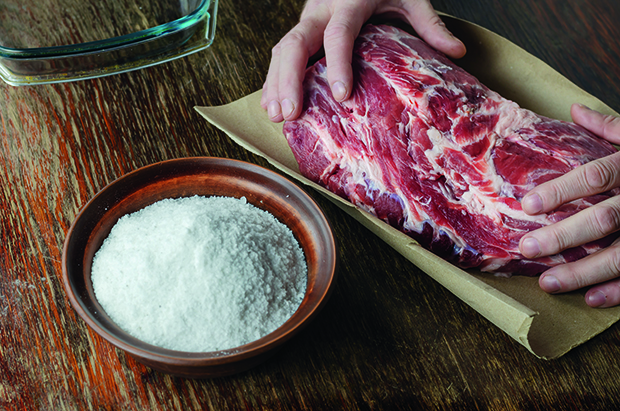
Perhaps the most critical aspects of food security are new skills. We need to learn how to grow food, how to raise livestock, fish or hunt, how to process it, how to cook it and how to extend the harvest. One of the most valuable skills I’ve learned is how to preserve and store food. Investigating and learning about the long-term storage of foods like pumpkins, potatoes, onions, apples, cheese and meats without the use of power can greatly increase the amount of food you have on hand. With apples, for instance, we harvest when they are mature but not fully ripe as the apples will continue to ripen while in storage. Ripe or overripe apples will become soft and floury very quickly. We store in a well-ventilated, low temperature room, around 4°C, with each wrapped in newspaper to help retain moisture, and layered in crates or boxes with cardboard in between. In this way, we can extend the storage life of our apples to between two and seven months depending on the variety.
As for meats, dry-curing, salting, larding and pressure-canning are all invaluable skills worth learning. These are essential to increase your storage capabilities, add diversity to your diet throughout the year, and ensure that your food systems are as robust as possible.
Love this story? Subscribe now!
 This article first appeared in NZ Lifestyle Block Magazine.
This article first appeared in NZ Lifestyle Block Magazine.
